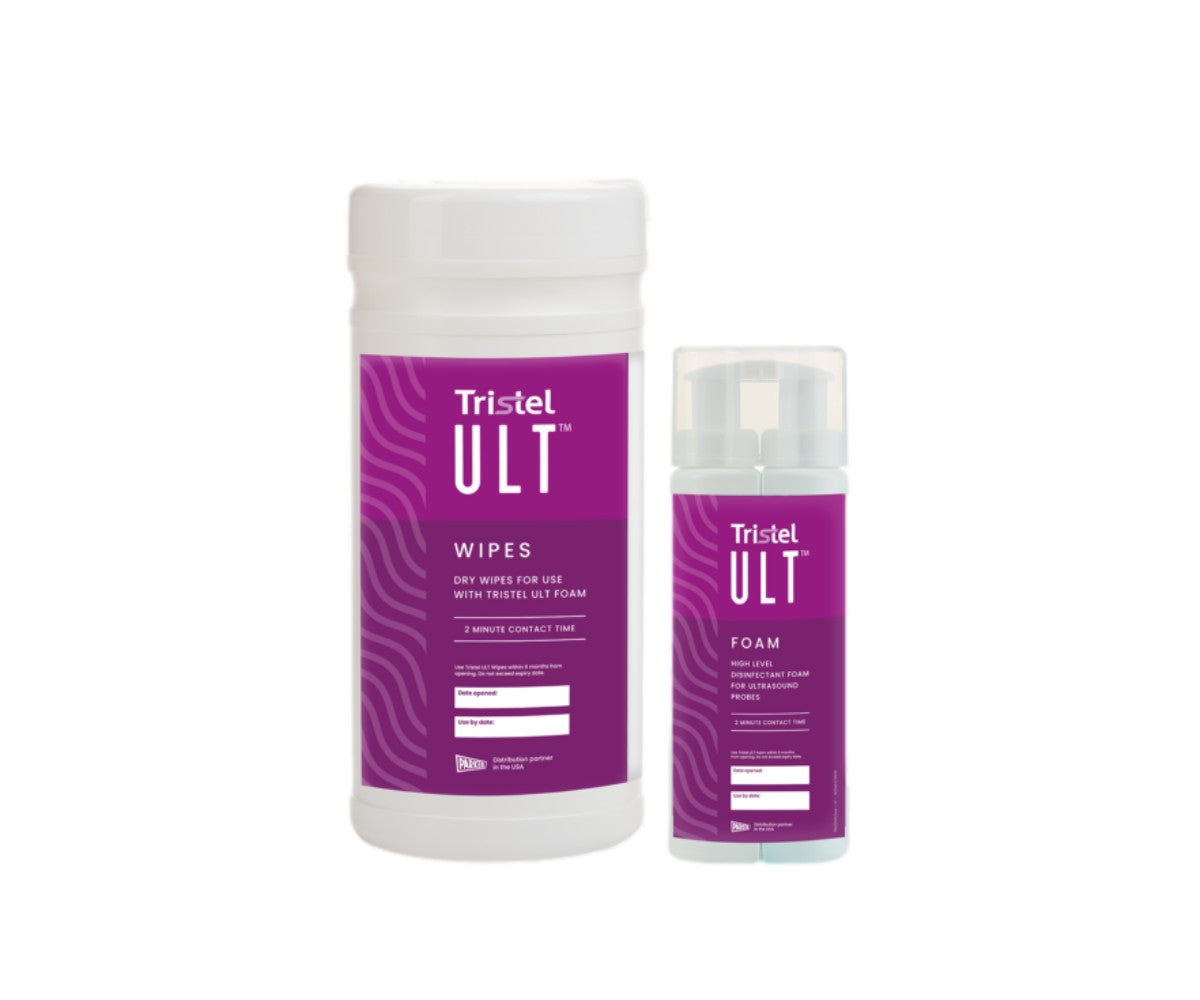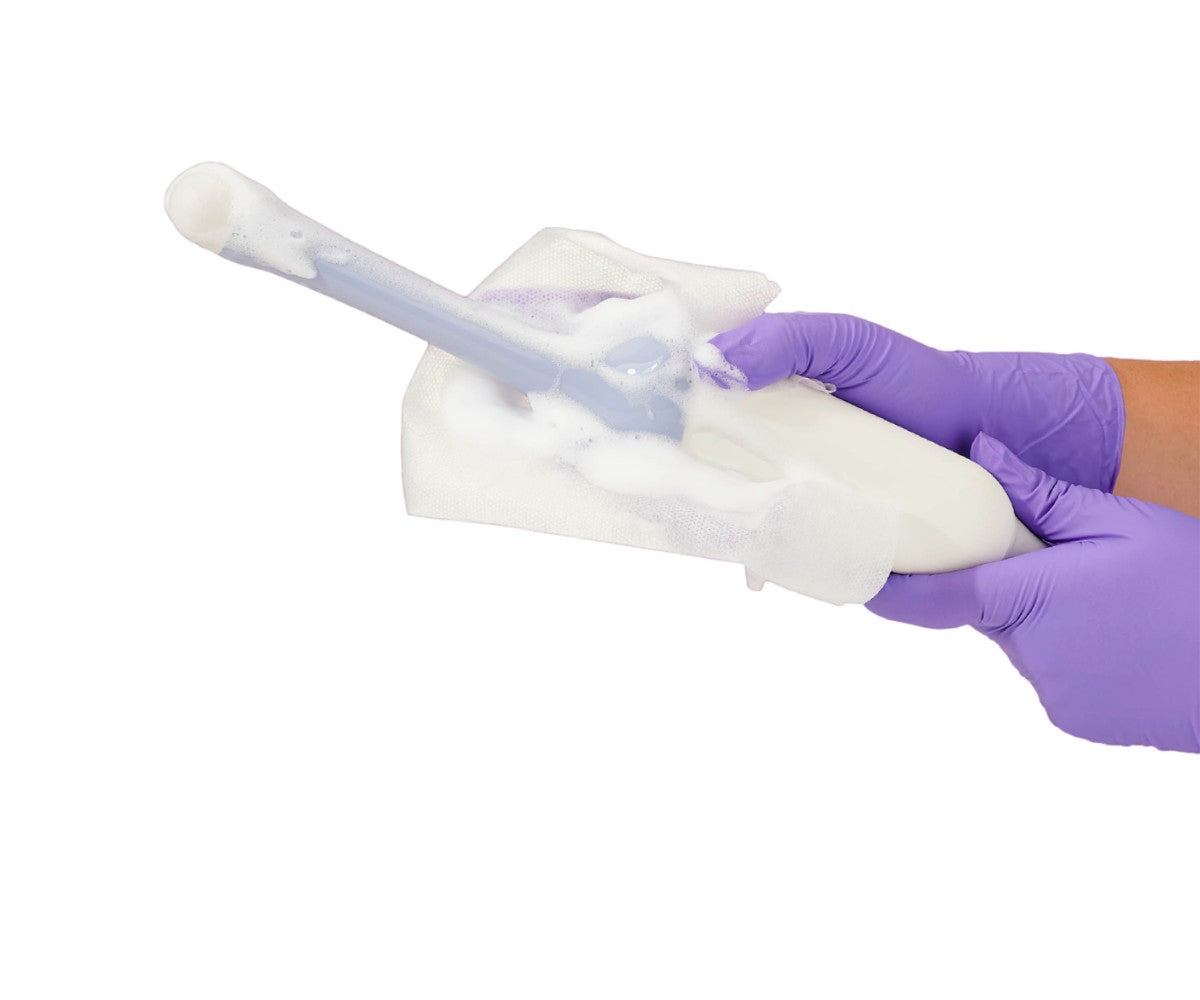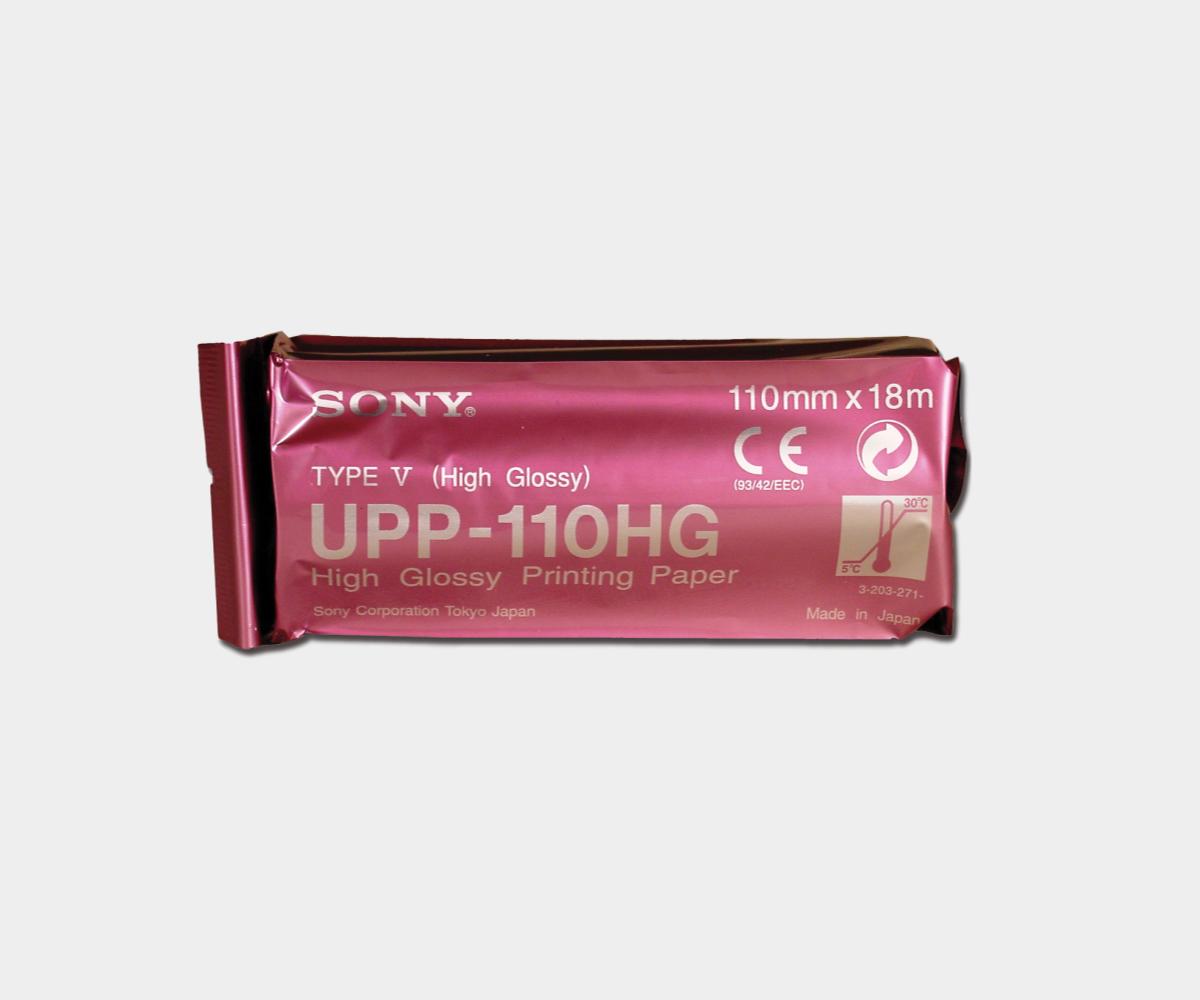Ultrasound Guidance: Evolution of the Interventional Tools & TechniquesUltrasound for medical imaging was first used in the early 40's, to diagnose brain tumors and gallstones, and late 50's for the first Ob/Gyn applications. However, we had to wait until the 60's to see the first use of ultrasound guidance for interventional procedures; a kidney biopsy for that matter. Ever since, techniques, tools, and innovations have never stopped to evolve until today where image fusion is gaining popularity. For more historical fun facts, visit the ultrasound schools info's website Nowadays, interventional ultrasound is widely used for vascular access (IV placement), biopsies (obgyn, radiology, urology) and anesthesiology (nerve blocks). Let see what has changed in almost 80 years of ultrasound.NeurostimulationBefore the ultrasound, neurostimulation was the gold standard in anesthesia. In fact, neurostimulation was used for more than 30 years to perform regional anesthesias. A nerve stimulating machine is used to send an electric signal to the patient's nerve, activating a muscle or a group of muscles. It is a safe, simple and straightforward technique to quickly locate the nerve to be numbed. On the other hand, this technique requires a deep knowledge of nerves and general anatomy (not that you are exempt to know them as a doctor, but still!). The main drawback is that it leaves the clinician blind when navigating the needle through the tissues as it is not a real-time technique. And that's where comes the ultrasound guidance.Free-Hand Ultrasound GuidanceThe introduction of ultrasound guidance has changed the way catheters are placed, and biopsies or anesthesias are performed. Ultrasound allows clinicians to see in real-time the needle and the structures it goes through. Indeed, physicians can see muscles, blood vessels, nerves and other tissues. Of course, they can also see the tip and the shaft of the needle. As a result, procedures are performed in less time, with more confidence, and better results. With the same goals in mind, medical professionals started to use needle guides, also referred to as assisted ultrasound guidance. |
Assisted Ultrasound GuidanceAssisted ultrasound guidance, or general purpose needle guides, is getting more and more popular in the USA. The use of needle guidance solutions for biopsies, nerve blocks or vascular access presents many benefits for the clinician, the patient, and the healthcare facility. The guidance system consists of two devices: The bracket and the guide itself. |
| The bracket is not sterile, reusable and attaches to the probe under the ultrasound cover (yes, sterile probe covers are required for interventional procedures) The needle guide is sterile, single-use and attaches to the bracket, over the probe cover. |
| The combo bracket + needle guide will keep the needle in the plane of the ultrasound beam, regardless of the procedure, the structures being navigated, and the experience of the clinician. As a result, the needle remains visible throughout the procedure, which is now shorter, safer, and less traumatic for the patient. |
Image FusionDespite all the improvement made by manufacturers and engineers, ultrasound imaging is limited by nature: an ultrasound wave does not propagate well in the air or through dense structures like bones. Also, scanning depth is limited: the deeper you need to see, the fewer details you will get. Over the last 10 years, a new technology has emerged: the image fusion. Fusion imaging allows healthcare professionals to combine images from two different modalities (ultrasound with CT, or ultrasound with MRI) in real-time. In short, a CT or MRI is performed, and then fused with the ultrasound image. The benefits are extremely valuable for clinicians: the structures that cannot be seen by one modality are seen by the other. You see dense and deeper tissues with the CT/MRI, and real-time, moving, detailed, shallower parts with the ultrasound. It is a kind of super-vision, now available to physicians.Bottom lineOver the years, many innovations have helped healthcare professionals better perform once delicate procedures. Physicians can work faster and provide safer and more accurate care than ever before. Tomorrow, we are sure that new technologies - such as augmented and virtual reality - will continue to improve our healthcare system. Thank you for ready us today! |






